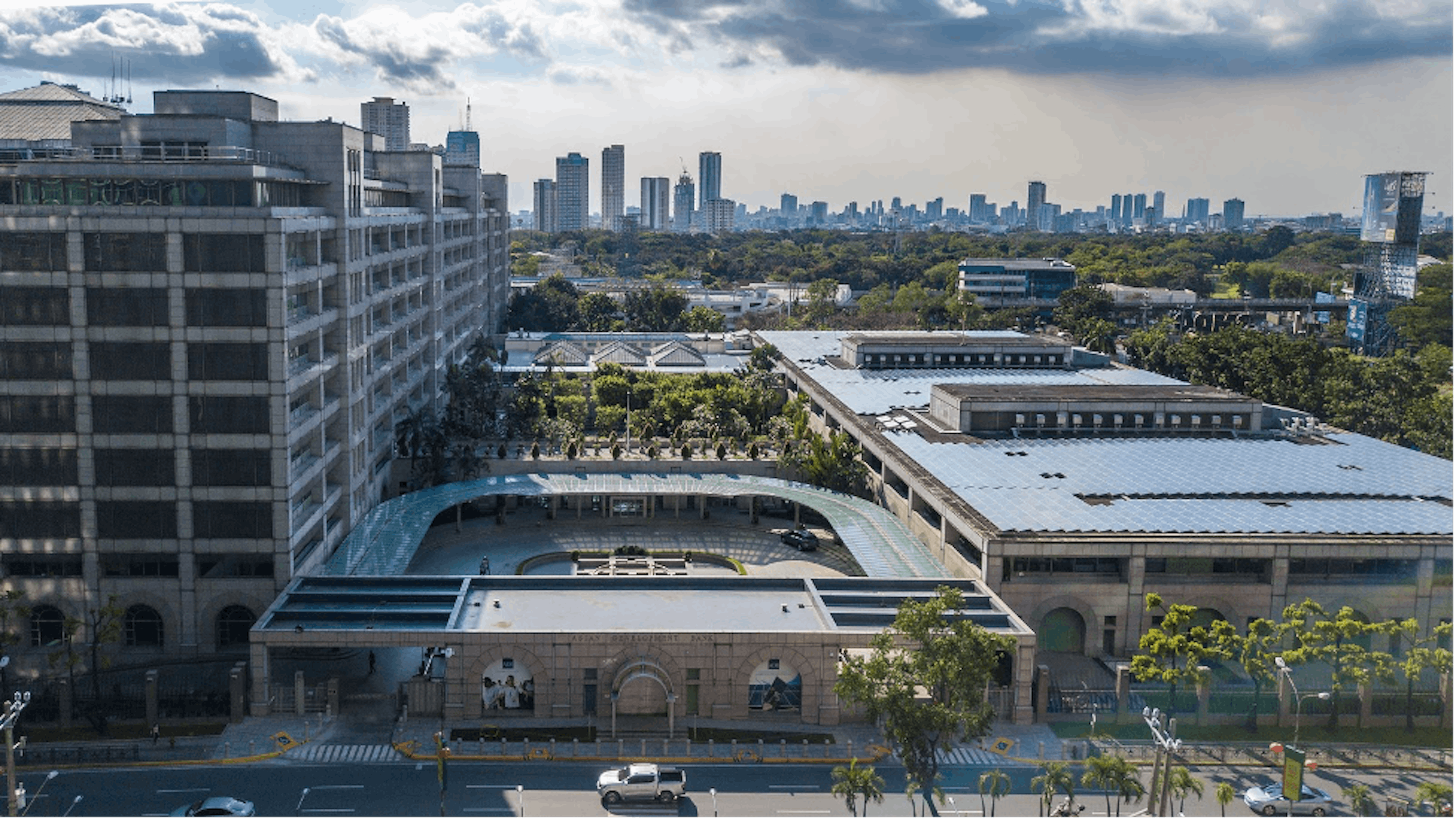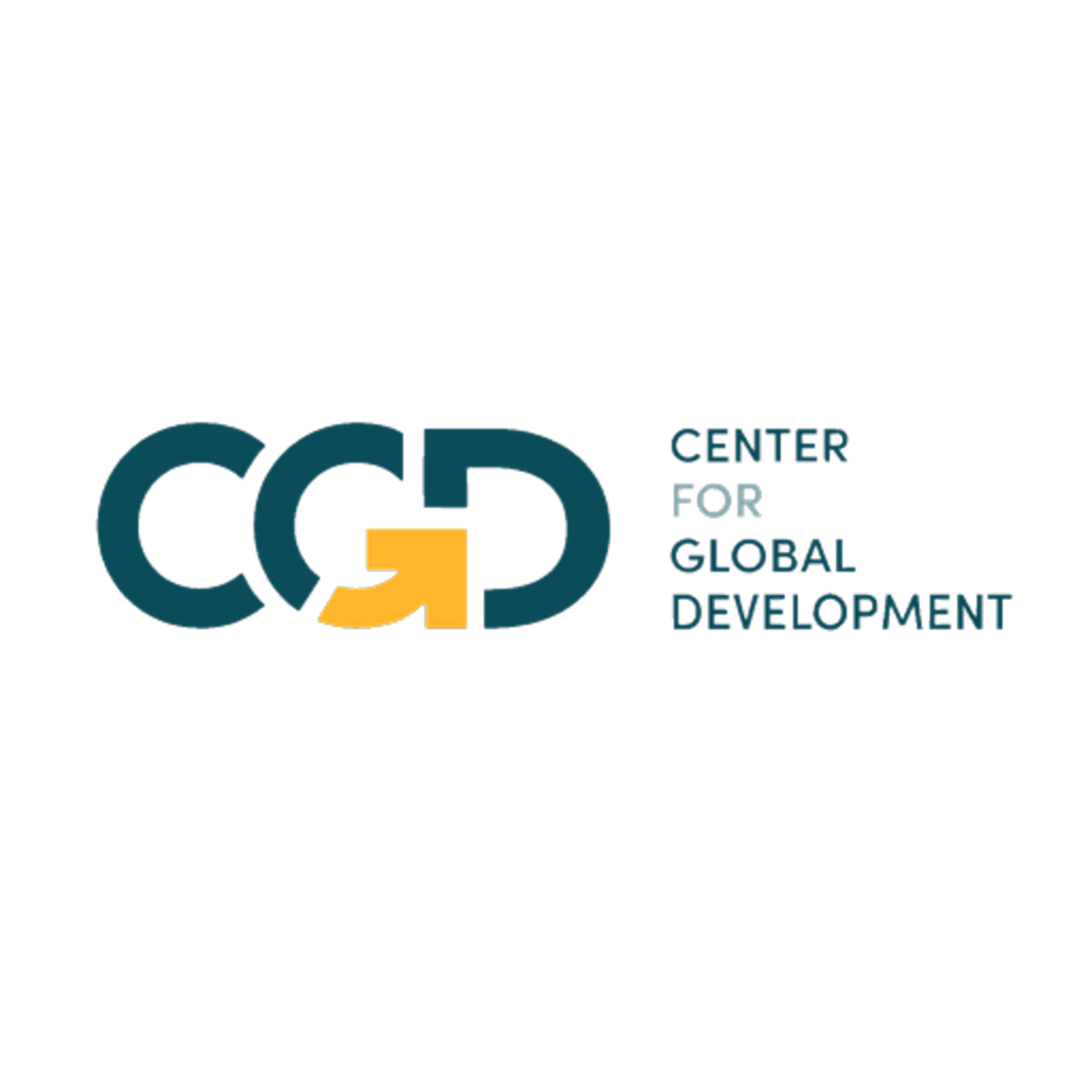Downloads
Abstract
In 2020, the Asian Development Bank (ADB) joined efforts by other multilateral development banks (MDBs) to rapidly scale up support to developing countries to address COVID-19. Beyond headline numbers, there has been less focus on how ADB’s support was distributed by country income group, sector, modality, and product. Using an updated dataset on commitments and disbursements between 2018 and end of December 2020, we compare “pre-crisis” and “crisis period” trends. We overlay ADB data on other publicly available datasets reflecting population size, mobility levels, and government fiscal stimulus to evaluate the responsiveness and size of ADB support vis-à-vis other MDBs. Our findings show ADB’s response was most significant in the countries that most needed support—low income economies with sharp GDP declines and limited fiscal response capacity. The health and public sector management sectors had significant surges in commitments, and impacted the modality used. While there was a rise in grant and concessional financing in 2020, non- concessional loans and sovereign operations still dominated during the crisis period. We suggest further work on how these changes impact development outcomes, with a view to recalibrating the bank’s strategies in some sectors and products in the medium term.

